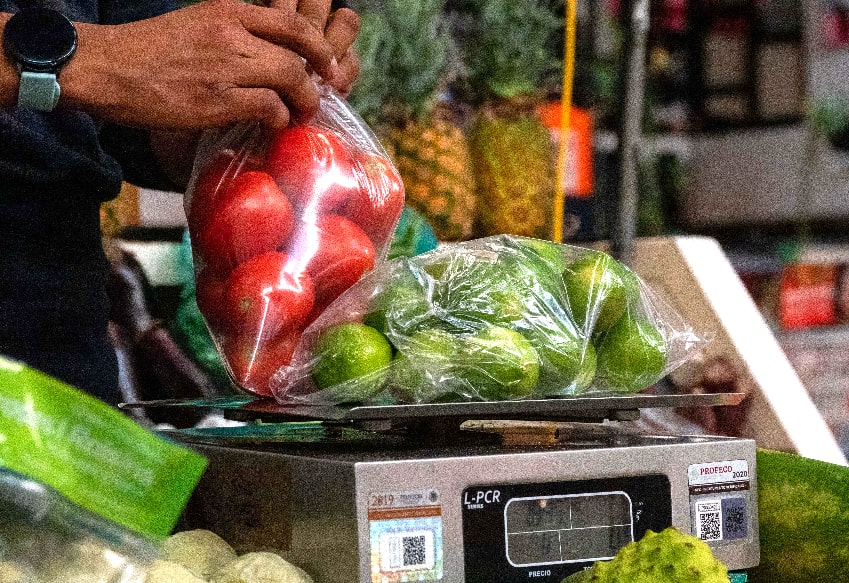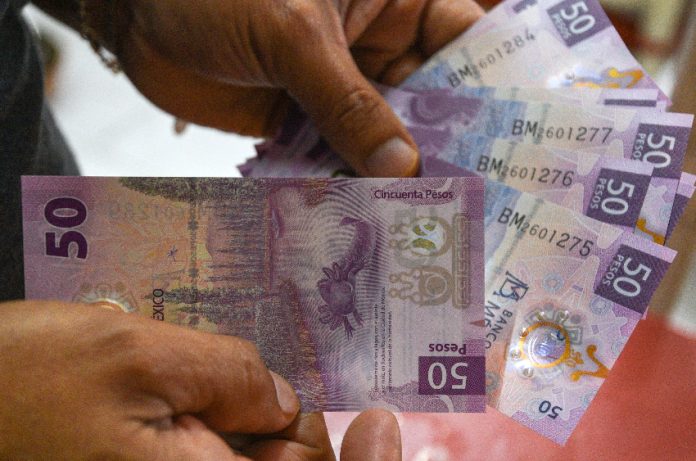Mexico’s annual headline inflation rate rose for a third consecutive month in January to reach 4.88%, according to data published by the national statistics agency INEGI on Thursday.
The rate — slightly above the consensus forecast of analysts consulted by Citibanamex — is the highest since June, when inflation was 5.06%.

Headline inflation declined for nine consecutive months between February and October last year, but rose in November to 4.32% and ticked up to 4.66% in December.
In better news, the closely-watched core inflation rate, which excludes volatile food and energy prices, fell for a 12th consecutive month in January to 4.76%, down from 5.09% in December.
The publication of the January inflation data comes ahead of the Bank of Mexico’s monetary policy meeting later on Thursday. The central bank’s board, which targets a headline rate of 3%, is widely expected to leave the bank’s benchmark interest rate at 11.25%.
Many analysts believe that an initial cut to the record high rate will come in March, exactly one year after it was raised to 11.25%.
Fruit and vegetable prices soar
INEGI data shows that a significant increase in the cost of fruit and vegetables was once again a major driver of the spike in headline inflation. Prices were up almost 22% in January compared to the same month of 2023, the highest year-over-year spike since August 2017.
The annual increase in the price of onions was a whopping 145%, while tomatoes were 63% more expensive.
Prices for the other component of the agricultural products category — meat — declined 0.19% in January compared to a year earlier.
Prices for processed food, beverages and tobacco rose 5.54% compared to January 2023, while services were 5.25% more expensive. Energy prices, including those for gasoline and electricity, increased 1.41% in annual terms.
With reports from El Financiero and El Economista
